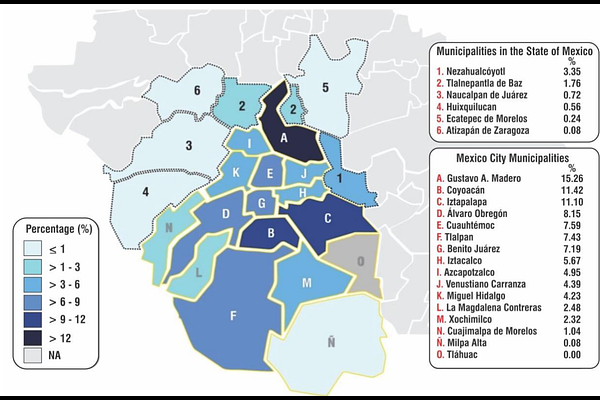Physical performance and telomere length in older adults

Physical performance and telomere length in older adults
Martinez-Ezquerro, J. D.; Ortiz-Ramirez, M.; Garcia-delaTorre, P.; Gonzalez-Covarrubias, V.; Sanchez-Garcia, S.
AbstractBackground: The fast-paced aging demographic prompts studying risk factors and markers that could predict healthy aging. Telomere length shows promise for assessing a broad spectrum of aging-related phenotypes. Aim of the study: To assess the association between physical performance and telomere length in Mexican older adults. Methods: In this observational cross-sectional study, we recruited 323 older adults affiliated with the Instituto Mexicano del Seguro Social (IMSS) and members of the Cohort of Obesity, Sarcopenia, and Frailty of Older Mexican Adults (COSFOMA). To assess physical performance, we used the Short Physical Performance Battery (SPPB) and stratified individuals into two groups according to their SPPB score into low [≤]7 (L-SPPB) and high >7 (H-SPPB). Absolute telomere length (aTL) was determined by using qPCR. Next, we classified individuals according to their aTL into short [≤]4.22 kb (S-TL) and long >4.22 kb (L-TL). For both SPPB and aTL categories, we calculated the mean and adjusted mean by sex, age, marital status, education, remunerated work, smoking, drinking, cognitive decline, depression, and polypharmacy with 95% CI, including the lower and upper CI (LCImeanUCI). We estimated the effect size between physical performance and telomere length with Cohens d for unequal group sizes. Also, we calculated the odds ratio with 95% confidence intervals, including the lower and upper CI (LCIORUCI) for physical performance according to telomere length categories. Results: Participants in the low physical performance category had significantly shorter telomeres (4.14.44.7 mean and 3.54.04.5 kb adjusted mean, p<0.001), in opposition to the high physical performance category (score >7) with longer telomeres (5.55.75.9 mean and 4.75.35.8 kb adjusted mean, p<0.001), with a medium-to-high telomere length effect size (d= 0.762). Finally, the odds of being classified in the low physical activity category increased 2.13.66.1 times per kb of telomere (adjOR 1.73.36.3, p<0.001) compared to the high physical activity group (p<0.001). Conclusion: Decreased physical functioning is associated with lower telomere length. Absolute telomere length (aTL) as a possible biomarker for differential diagnosis of healthy and unhealthy aging should be explored further.